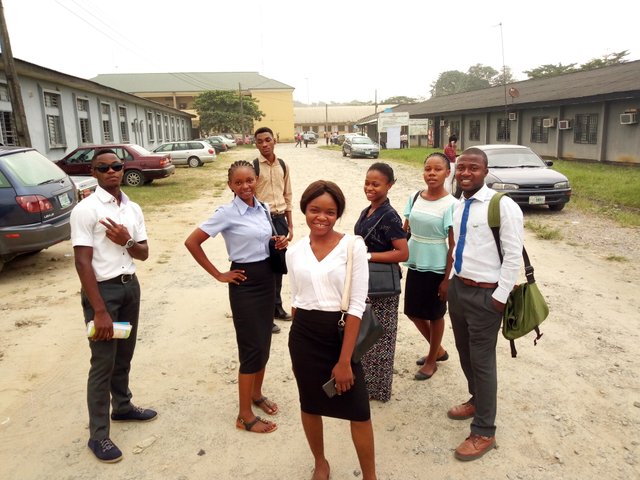A sneak peek into adulthood.
According to Ebong (2012), an adult is considered one who is matured and can take decisions that can affect him or her. Owing to the fact that an adult is responsible for his or her own actions without parental influence or inputs, it is therefore pertinent to note that their growth and developmental processes is of tantamount significance, first to the individual and then to the family and society at large. Knowledge of the various phases of this intriguing aspect of human life can prove to be very handy.
Adults can be grouped according to ages as follows:
• 21 – 40 years (Young adult)
• 41 – 64 years (middle adult)
• 65+ years (Late adult)
The phases of Human growth and development can be categorized into but not limited to the following:
Physical Development
Cognitive Development
Personality Development
Social Development
PHYSICAL DEVELOPMENT IN ADULTHOOD
Physical Development in adulthood refers to those quantitative and qualitative changes that can be observed in adults. It includes the various biological, physiological and anatomical changes that occur during adulthood. These changes are classified according to the age class of adults i.e. young, middle and late adulthood.
Young Adulthood (21-40 years):
Physical Changes which occur in individuals slow down and growth of the skeletal system is essentially completed during this stage. For example; Females reach maximum height at 18 years, while males reach maximum height at 20 years. Other instances include:
a. Signs of grey hair and baldness often appear.
b. Decisions are often made about intimate relationships.
c. The individual’s physical health and muscular efficiency reach their peak during this stage.
d. The efficiency of his body functions begins to decline as he approaches the end of the stage (skin begins to lose its moisture).
Middle Adulthood (41-65 years):
As the individual approaches this stage (middle), some deterioration (impairment or weakness) in his or her physical functioning and health occurs.
a. Decline in sensory abilities e.g., visual changes (farsightedness –presbyopia) which is an inability of the eye due to ageing to focus on nearby objects. [Opposite of Myopia].
b. Slight hearing loss.
c. Sense of small may also start to decline.
d. Common signs of ageing may start to appear (wrinkles & grey hairs).
e. Menopause occurs in women.
f. Certain sexual climacteric changes may occur in men (Ebong, 2012).
Late Adulthood (65+ years):
When an individual attains the age of 65 and above, he/she is in their late adulthood. The health physical, sensory and perceptual abilities of human beings continue to decline during adulthood. There are vast individual differences in the timing and the extent of decline. As individuals advance in age they may experience the following;
a. Loss of skin colouring, texture and elasticity.
b. Loss of teeth and development of gum problems and cavities.
c. Shrinkage of the stomach which results in reduced food intake unlike earlier years.
d. Thinning of the bones especially in women – osteoporosis, which leads to shrinkage of body size.
e. Bending of body posture and shuffling in movement.

Congratulations @goodluckeffiong! You received a personal award!
Click here to view your Board
Congratulations @goodluckeffiong! You received a personal award!
You can view your badges on your Steem Board and compare to others on the Steem Ranking
Vote for @Steemitboard as a witness to get one more award and increased upvotes!